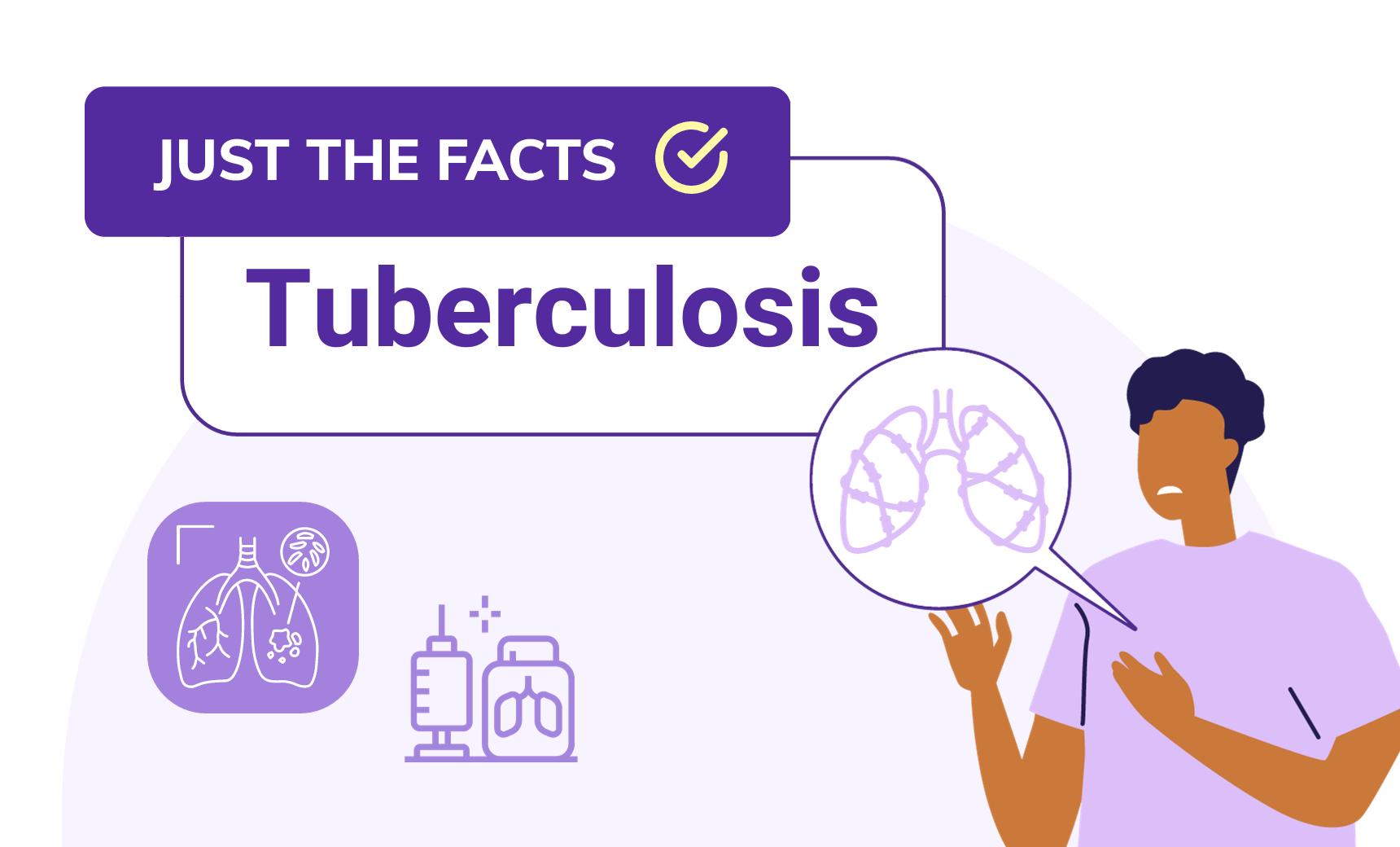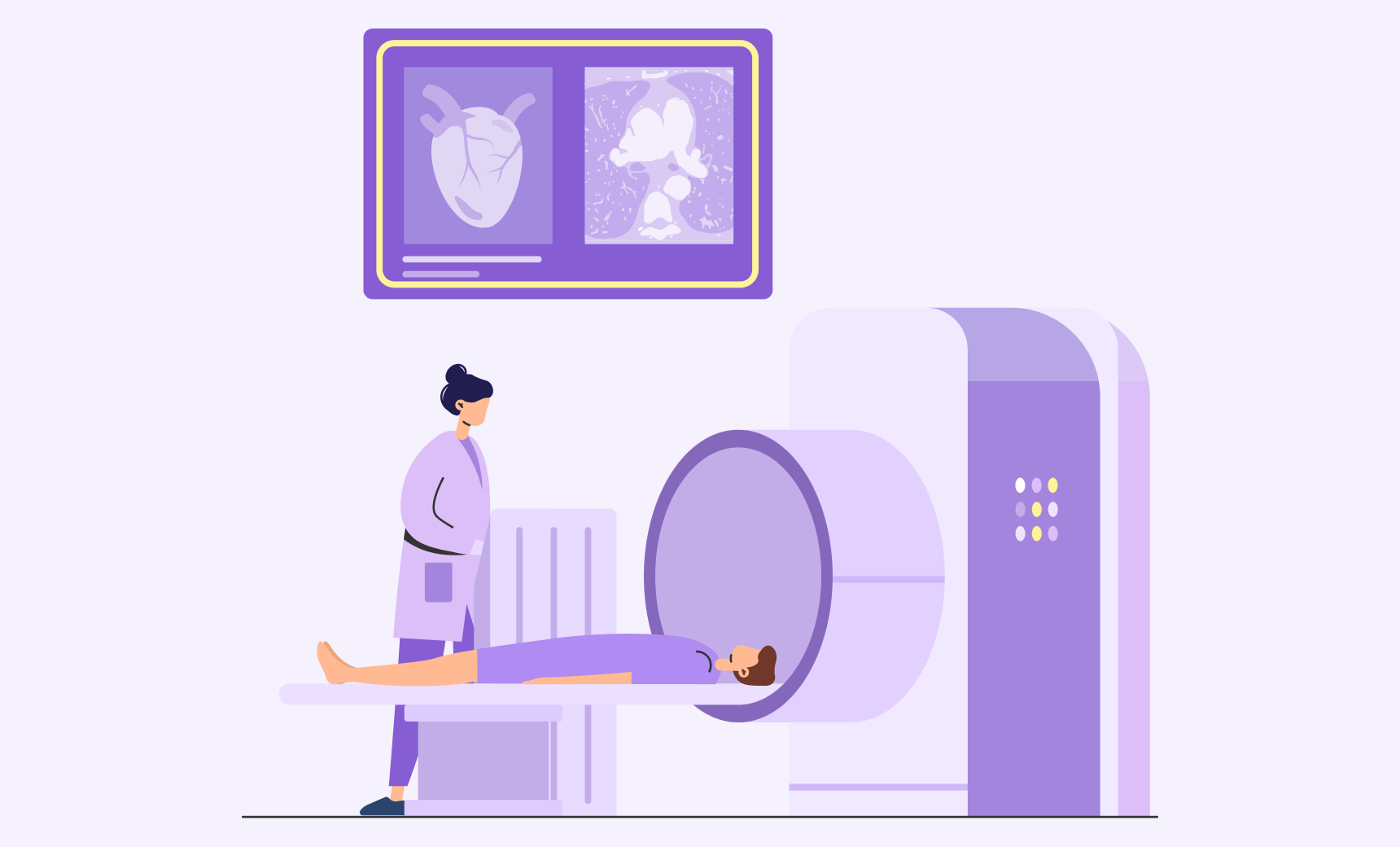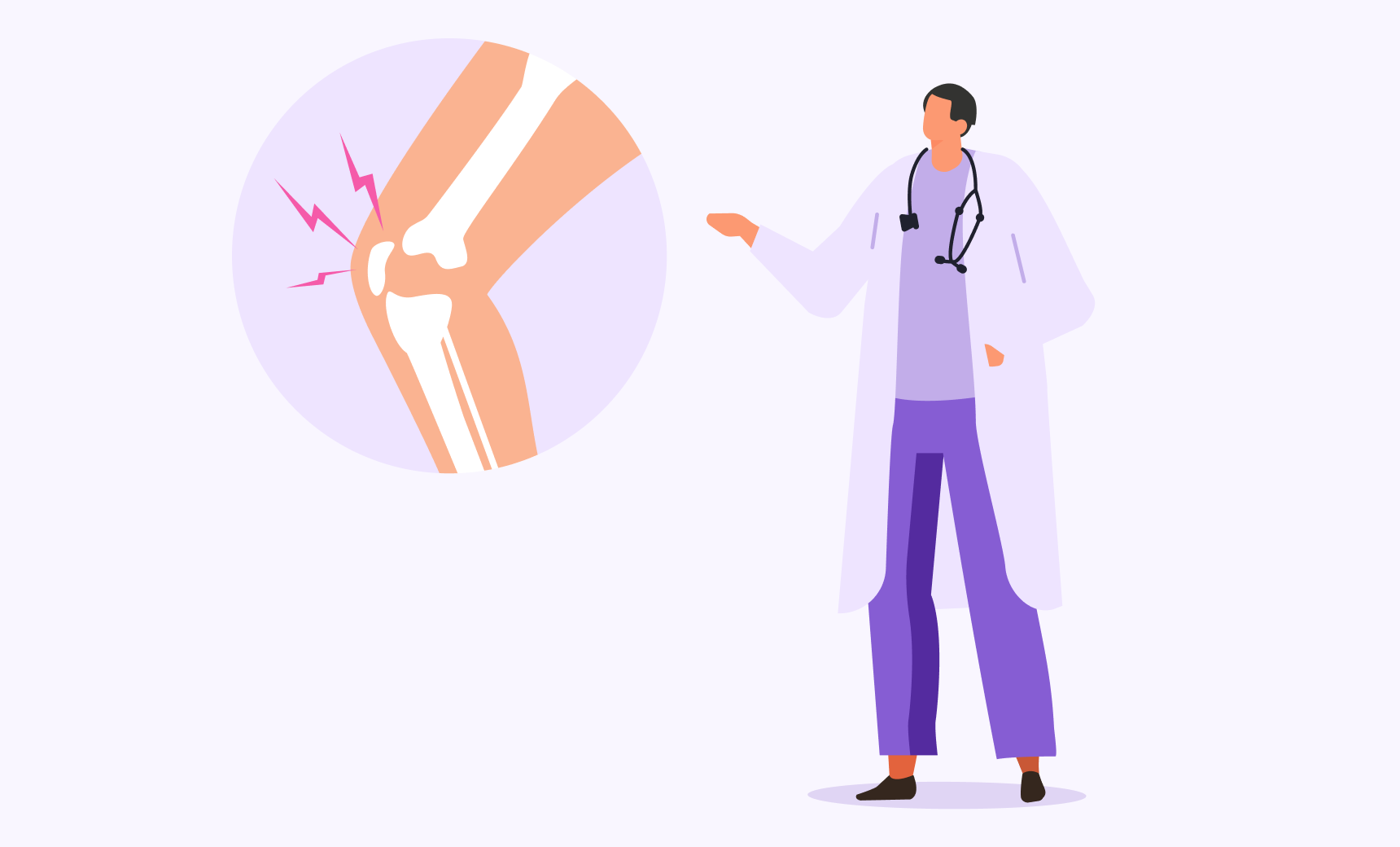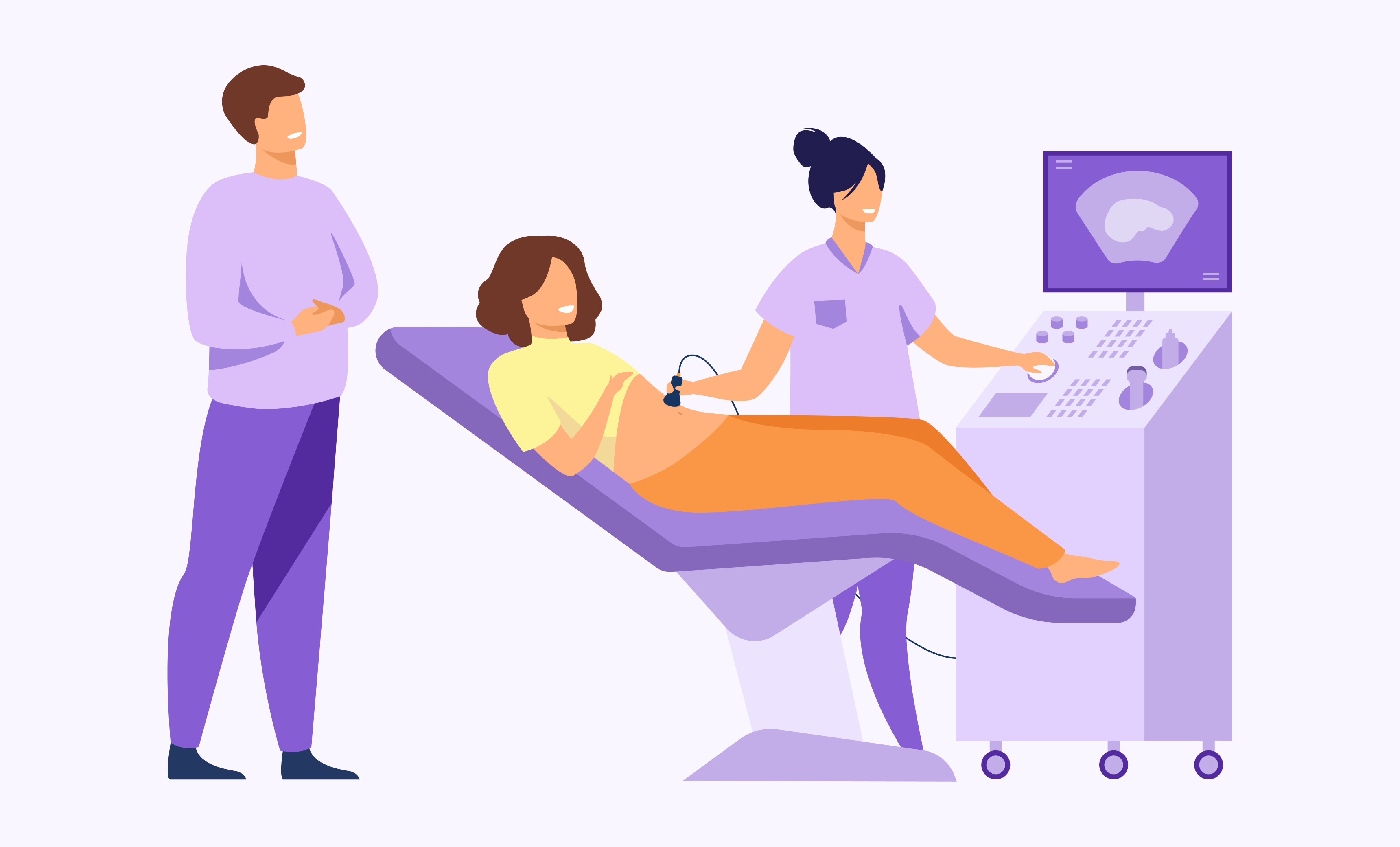
Just the Facts: Tuberculosis
Your complete guide to understanding and diagnosing tuberculosis.
Mycobacterium tuberculosis is the bacteria that causes the disease known as tuberculosis (TB). It mainly affects the lungs, but it can also affect other parts of the body, such as the kidneys, spine, and brain. TB is a disease that can spread from one person to another through the air when an affected person coughs, sneezes, talks, or even sings. It’s important to remember that not everyone who comes in contact with the TB germs gets sick, and not everyone who gets sick with TB has an active TB disease.
How is tuberculosis spread?
When a person with active tuberculosis coughs or sneezes, germs are released into the air in the form of tiny drops. These droplets are what spread TB. People nearby can get sick if they breathe in these drops. Developing tuberculosis is more likely in those who are exposed to many risk factors. TB may also spread to other regions of the body in addition to the lungs.
Risk Factors for Tuberculosis
A lowered immune system makes it harder for the body to fight against tuberculosis issues. Some conditions and environmental variables that might lower immunity include:
HIV/AIDS, Mellitus diabetes, malignancy and related medical procedures (radiation therapy, chemotherapy), use of immunosuppressants (such as corticosteroids) over an extended period of time, and malnutrition
Other risk factors include:
- Caring for a patient with tuberculosis may raise a healthcare worker’s chance of contracting the illness.
- Immigrant or refugee status increases the chance of contracting tuberculosis, especially if the immigrant or refugee was not tested for the disease before arrival.
- Incarceration or a jail sentence raises the risk of contracting tuberculosis because of the close quarters in which inmates live.
- Cigarette smoking.
Symptoms
Tuberculosis symptoms include persistent cough, chest discomfort, bloody mucus production, exhaustion, weight loss, fever, and night sweats are typical symptoms.
Diagnosis
There are two types of tuberculosis infections: latent and active.
Latent tuberculosis infection (LTBI) occurs when tuberculosis germs are present in the body but are not actively producing symptoms. However, if the immune system ever fails, latent TB may progress to full-blown TB illness.
When the germs become active and generate symptoms, the disease is said to be “active.” Transmission of active tuberculosis is possible.
Treatment
Treatment of latent tuberculosis infection may prevent the illness from developing into active tuberculosis, and immunization (with the BCG vaccine in certain countries) is another effective method. An extended course of antibiotics is required for the treatment of active tuberculosis. Use LabFinder to get a doctor’s order and schedule your tuberculosis test today.





The LabFinder Editorial Team is behind The Illuminator and The Insider, LabFinder’s consumer and business blogs.
Dr.Robert Segal
Dr. Segal is CEO and co-founder of LabFinder, as well as a board-certified cardiologist. He began practicing medicine in 2002 and has founded several businesses, including Medical Offices of Manhattan and Manhattan Cardiology.